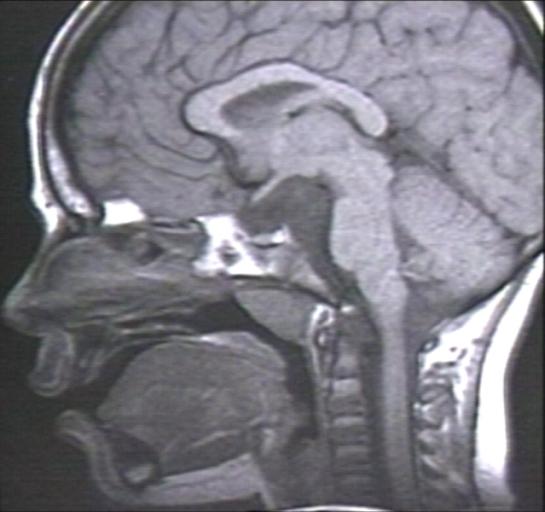Arachnoid cyst: Difference between revisions
Jump to navigation
Jump to search
Jose Loyola (talk | contribs) |
|||
| (10 intermediate revisions by 2 users not shown) | |||
| Line 14: | Line 14: | ||
}} | }} | ||
{{Arachnoid cyst}} | {{Arachnoid cyst}} | ||
'''For patient information click [[Arachnoid cyst (patient information)|here]].''' | |||
{{CMG}} {{AE}} {{Jose}} | |||
{{SK}} Leptomeningeal cyst | |||
==[[Arachnoid cyst overview|Overview]]== | |||
==[[Arachnoid cyst historical perspective|Historical Perspective]]== | |||
==[[Arachnoid cyst classification|Classification]]== | |||
==[[Arachnoid cyst pathophysiology|Pathophysiology]]== | |||
==[[Arachnoid cyst causes|Causes]]== | |||
==[[Arachnoid cyst differential diagnosis|Differentiating Arachnoid Cyst from other Diseases]]== | |||
==[[Arachnoid cyst epidemiology and demographics|Epidemiology and Demographics]]== | |||
==[[Arachnoid cyst risk factors|Risk Factors]]== | |||
==[[Arachnoid cyst screening|Screening]]== | |||
==[[Arachnoid cyst natural history, complications and prognosis|Natural History, Complications and Prognosis]]== | |||
==Diagnosis== | |||
[[Arachnoid cyst history and symptoms|History and Symptoms]] | [[Arachnoid cyst physical examination|Physical Examination]] | [[Arachnoid cyst CT|CT]] | [[Arachnoid cyst MRI|MRI]] | [[Arachnoid cyst other diagnostic studies|Other Diagnostic Studies]] | |||
==Treatment== | |||
[[Arachnoid cyst medical therapy|Medical Therapy]] | [[Arachnoid cyst surgery|Surgery]] | [[Arachnoid cyst cost-effectiveness of therapy|Cost-Effectiveness of Therapy]] | [[Arachnoid cyst future or investigational therapies|Future or Investigational Therapies]] | |||
==Case Studies== | |||
[[Arachnoid cyst case study one|Case #1]] | |||
==Related Chapters== | ==Related Chapters== | ||
| Line 30: | Line 63: | ||
* [[Arnold-Chiari Malformation]] | * [[Arnold-Chiari Malformation]] | ||
Latest revision as of 15:12, 8 July 2020
| Arachnoid cyst | ||
 | ||
|---|---|---|
| Suprasellar Arachnoid Cyst; Extension into posterior fossa and displacing the pons (T1 - MRI) Image courtesy of Professor Peter Anderson DVM PhD and published with permission © PEIR, University of Alabama at Birmingham, Department of Pathology | ||
| ICD-10 | Q04.6 | |
| ICD-9 | 348.0 | |
| OMIM | 207790 | |
| DiseasesDB | 33219 | |
| MeSH | D016080 | |
|
Arachnoid cyst Microchapters |
|
Diagnosis |
|---|
|
Treatment |
|
Case Studies |
|
Arachnoid cyst On the Web |
|
American Roentgen Ray Society Images of Arachnoid cyst |
For patient information click here.
Editor-In-Chief: C. Michael Gibson, M.S., M.D. [1] Associate Editor(s)-in-Chief: José Eduardo Riceto Loyola Junior, M.D.[2]
Synonyms and keywords: Leptomeningeal cyst
Overview
Historical Perspective
Classification
Pathophysiology
Causes
Differentiating Arachnoid Cyst from other Diseases
Epidemiology and Demographics
Risk Factors
Screening
Natural History, Complications and Prognosis
Diagnosis
History and Symptoms | Physical Examination | CT | MRI | Other Diagnostic Studies
Treatment
Medical Therapy | Surgery | Cost-Effectiveness of Therapy | Future or Investigational Therapies